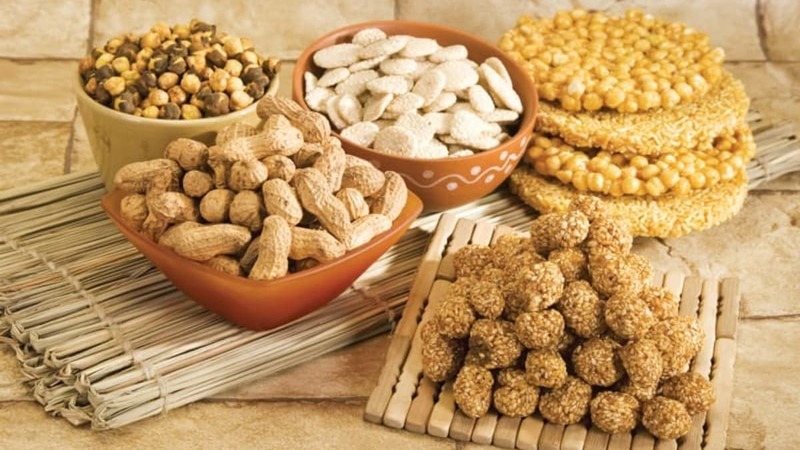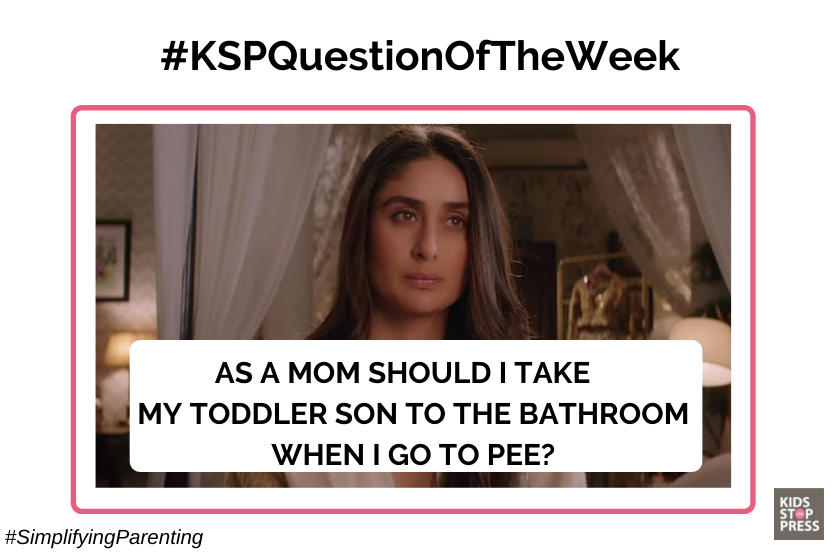Every parent wants to make sure they give their child a balanced meal. So we try to feed our kids a bit of everything in our effort to make sure they get their daily dose of everything healthy. As parents we are also privy to the latest food trends and fads – eat the rainbow, ethnic food-inspired dishes to name a few. But let's just break down food to its basics and understand what we need to be feeding our kids. Sure, we have heard of proteins, carbohydrates, fats, vitamins and minerals. Here is another way to look at it – macronutrients and micronutrients.
You may also like: 11 Things Every Parent Should Know To Raise An Intelligent Child
Our bodies require proteins, carbohydrates, fats and water in macro amounts and essential nutrition from vitamins, minerals in micro amounts.
What Are Macronutrients
Macronutrients are Carbohydrates, Proteins, and Fats.
Carbohydrates

These are the main source of energy for the body. This is broken down into two types – simple and complex carbohydrates.
Simple carbohydrates get broken down and absorbed by the body quickly and equip the person with short bursts of energy. Examples: Milk products, fruits, processed food
Complex carbohydrates break down a lot slower than simple carbs and therefore provide long-term energy. – Examples: Snacks made with whole grains, fibre rich fruits and vegetables.
According to KidsHealth.org – children over two years old should eat around 50-60 % of their daily calories from carbohydrates.
You may also like: Myths vs Facts About What You Should be Feeding Your Baby
Protein

Proteins are required to repair, rebuild and maintain the tissues in the body. When we eat proteins, it is broken down into amino acids. Amino acids are also referred to as the ‘building blocks of life’. We need 9 essential amino acids to function in a healthy manner. Our body uses the amino acids to break down food, grow, repair tissues and perform other body functions.
We can get protein from two sources – plant and animal. Now the main difference between plant and animal protein is the amino acids which make up that particular protein.
Animal protein like meat, fish, poultry, eggs and dairy, are similar to the protein found in our body. These are referred to as complete sources of protein because they contain all of the essential amino acids that our body needs to function properly.
Plant protein, on the other hand, comes from food like beans, lentils and nuts and is considered to be insufficient, as they lack one or more of the essential amino acids that our body needs to function efficiently.
Both proteins are essential for the development of kids. It's important to get the balance right so that kids can get the best out of both protein sources.
Fat

Image Source: http://js3pt.com
When we say eat fats, it doesn't mean eating deep fried fatty food. Fats are essential for the body and as part of a healthy well-balanced diet. For young children especially fat and cholesterol are essential for proper brain development. They are used for the production of various hormones and as a storehouse of energy. The fats you eat give your body energy that it needs to work properly. You also need fat to keep your skin and hair healthy. Eating some form of fat ensures that you absorb vitamins A, D, E, and K, the so-called fat-soluble vitamins. Fat also fills your fat cells and insulates your body to help keep you warm.
However, there are some fats like saturated fats which are bad for your body. As part of a healthy diet, we should try to cut down on foods and drinks high in saturated fats and trans fats, and replace some of them with unsaturated fats.
Some examples of saturated fats which we should avoid are butter, cheese, confectionery, and fatty cuts of meats. So which form of fat is good? Unsaturated fats like olive oil, sunflower oil and canola oil are the good kind of fat and help lower LDL cholesterol levels One part of fats is also Omega fatty acids which are extremely important for the health of the brain, nervous system and eyes. Be sure to include rich sources of Omega 3 fatty acids in your child’s diet through fish (sardines, mackerel, and salmon) or fish oils. Omega -6 fatty acids are present in seed oils.
What A Balanced Meal Looks Like

Pick Your Food To Create The Right Balance

Image Source: https://storage.googleapis.com/
This post is written in association with Nestle Start Healthy Stay Healthy
Don’t forget to follow us on Facebook, Twitter, Pinterest, Soundcloud & Instagram or subscribe to our YoutubeChannel for more information.


















